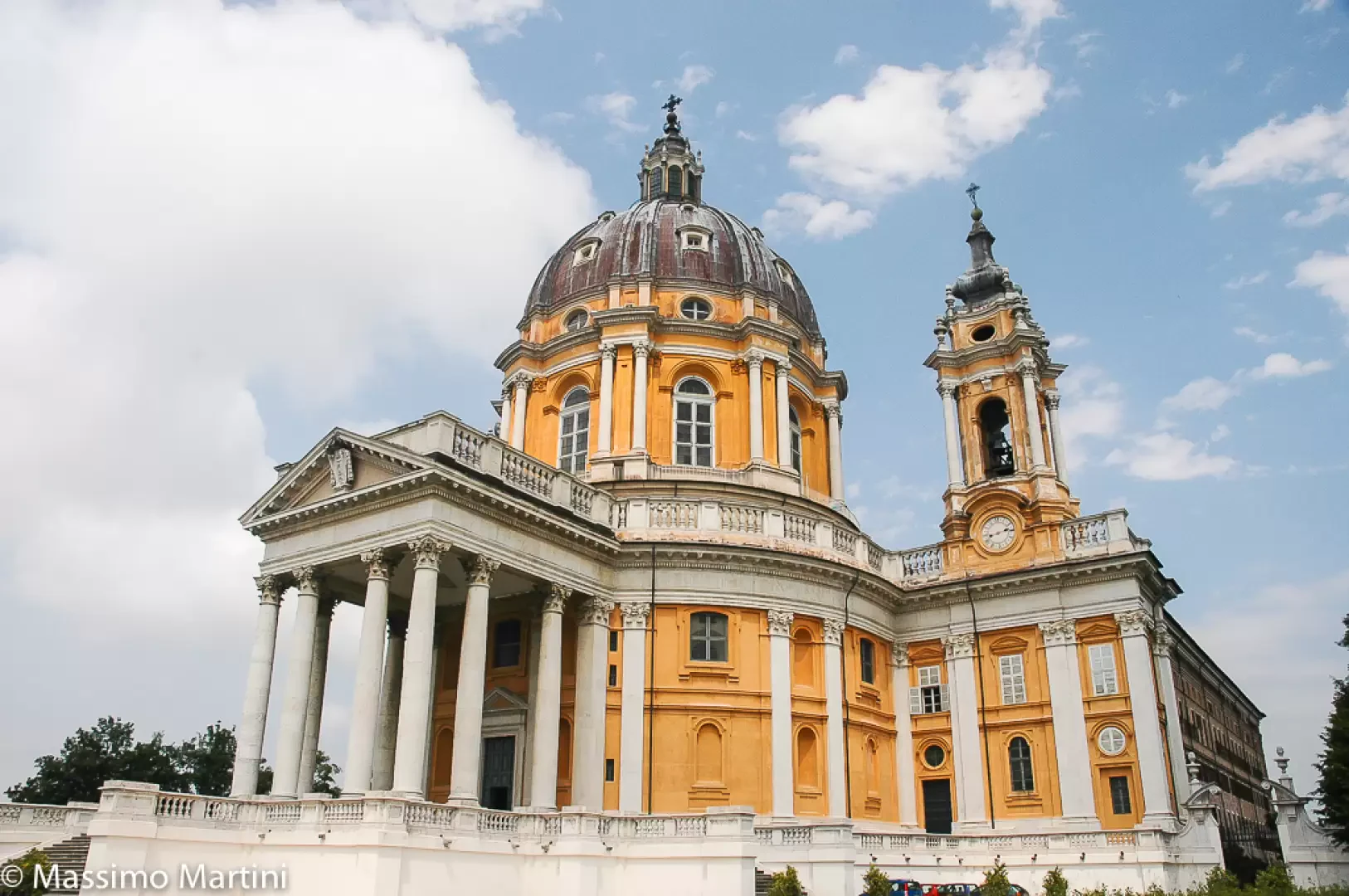Metropolitan City of Turin

Access
The metropolitan area boasts excellent connections, historically being the meeting point between the main arteries of northern Italy and the passes to France. The Turin-Caselle International Airport connects the area with major Italian and European cities. The Porta Susa railway station in Turin is a hub for high-speed and international trains to Paris and Lyon, while Porta Nuova is a reference point for regional and national traffic. Numerous motorways, including the (towards Milan), the (towards Valle d'Aosta) and the (towards the Frejus Tunnel and France), provide extensive access. Finally, the secondary road network ensures connections to mountain villages and remote hamlets.
Introduction
The metropolitan city of Turin, in the heart of Piedmont, covers a territory of great geographical variety that embraces the river plains of the Po, the gentle morainic hills to the south and east, and a vast mountain range to the west crowned by the Cottian and Graian Alps. Over the centuries, this rich landscape has favoured the development of different settlements, productive activities and cultures, making the area a crucial hub for both history and tourism. Turin, the ancient capital of the Savoy dukedom and then of the Kingdom of Italy, remains the monumental and cultural fulcrum, but the entire metropolitan area retains strategic value in relations between north-western Italy, France and Switzerland, acting as a gateway to the Alps and a crossroads for multiple cultural, naturalistic and commercial itineraries.
Description
Distributed over 6,800 km² and comprising more than 300 municipalities, the province is characterised by a strong morphological contrast. The western mountain area is home to prominent peaks, such as the Rocciamelone (3,538 m), and wide valleys furrowed by rivers and torrents: the Dora Riparia, the main tributary of the Po, draws scenery that alternates between wild valleys and historic Alpine villages. Further south-east, the Superga hills, from which the city is dominated, join the fertile plains cultivated with rice, wheat and corn. The territory is rich in natural parks: from the Gran Paradiso National Park, which forms the north-western border, to the Mandria Park, and the Vauda Reserve, with a biodiversity that includes ibexes, chamois, and numerous species of Alpine birds of prey.
The history and culture of the province date back to ancient times: the foundation of Turin, the ancient Augusta Taurinorum, is attributed to the Romans, while the Alps were the scene of military passages as early as the Carthaginian and Roman periods. The Savoy dynasties have left important architectural evidence, including royal residences now protected by UNESCO. In addition to the splendours of the capital, the province holds medieval castles, abbeys such as the Sacra di San Michele and small stone villages where local traditions persist. Illustrious figures include Cavour, an exponent of the Risorgimento, and Rita Levi-Montalcini, a Nobel Prize winner of Turin origin.
The province's economy rests on multiple pillars. The automotive industry, with the historical presence of FIAT and its allied industries, characterised the development of the 20th century, but in recent decades there has been a marked diversification: aerospace, technology, advanced manufacturing and agri-food districts (famous for chocolate, gianduia, and wines such as Freisa). Handicrafts are mainly linked to textiles, metals and typical products from the mountain valleys: alpine pasture cheeses, cured meats and 'grissini'. Tourism is nourished by a dense network of hiking itineraries: from the Sentiero dei Franchi (Franks' Trail), which links the Susa Valley to Moncenisio, to nature walks around Lanzo, Susa and Pinerolo, to the refuges of Alta Val Chisone and Val Germanasca. There are numerous traditional events such as the Ivrea Carnival with its famous battle of the oranges, agricultural fairs and gastronomic festivals that enliven the hills in the autumn months. A curiosity is the cult of the Shroud, which attracts thousands of pilgrims from all over the world to Turin.
Information
City: Torino
Area: 6,827 sq km
Minimum elevation: 0 m
Maximum elevation: 4.026m - The Roc
Number of inhabitants: 2,199,265 as of 31.12.23
Number of municipalities: list - map
Border provinces: Valle d'Aosta, Province of Biella, Province of Vercelli, Province of Alessandria, Province of Asti, Province of Cuneo, Savoia, Alte Alpi
Website: www.cittametropolitana.torino.it
Territory
- colli - map
- lakes - map
- vette (0-999) - map
- vette (1000) - map
- vette (2000) - map
- vette (3000) - map
- vette (4000) - map